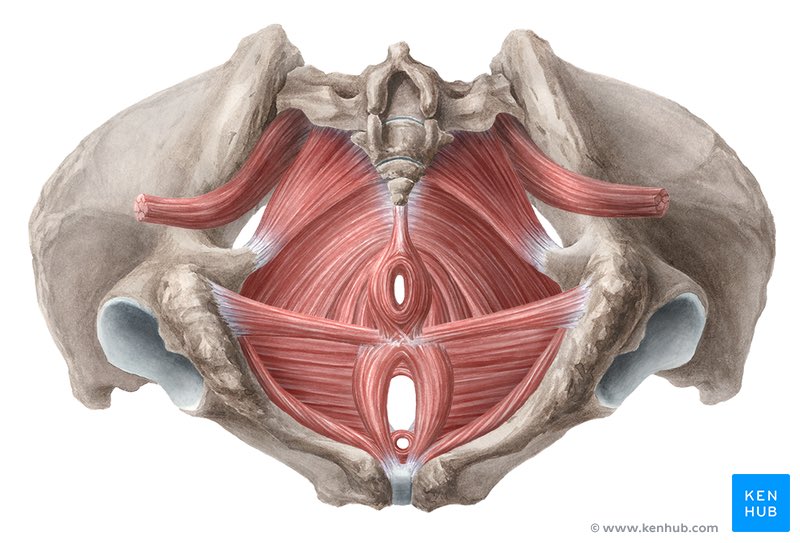 |
| Looking down into the pelvic bowl The bottom of the photo is the pubic bone |
The mysteries of the pelvic floor are deep. Just like the pelvic space itself they are many faceted, three dimensional, movable, static, strong, changeable, and interconnected. The true strength of the pelvic floor is more like a complicated dance with many partners rather than a one directional tension.
 |
| Looking up from below The top of the photo is the sacrum and tailbone |
I'll be posting a series of pieces about true pelvic strength. Here is a little food for thought to get you started. Researchers are delving into how our pelvic floor tension plays a role in the need for cesareans. In Aran's 2012 study they took a group of first time mothers they were about to induce and used a device to measure their Kegel strengths. They then induced all of them and waited to see what happened to their labors. Some women birthed vaginally and some birthed via cesarean section. They then looked back at their pelvic tone numbers to see if their was a correlation. The "women requiring a cesarean finish to labor had higher pelvic tone". When writing about this study Gail Tully, of Spinning Babies, says she would "refer to this as "spasm" in the pelvic floor or shortened muscle fibers, probably shortened (tightened) through over Kegeling or clenching." But is over Kegeling the only reason for pelvic floors too tight to birth easily or is this also one dimensional thinking?
More to come...
Comments
Post a Comment